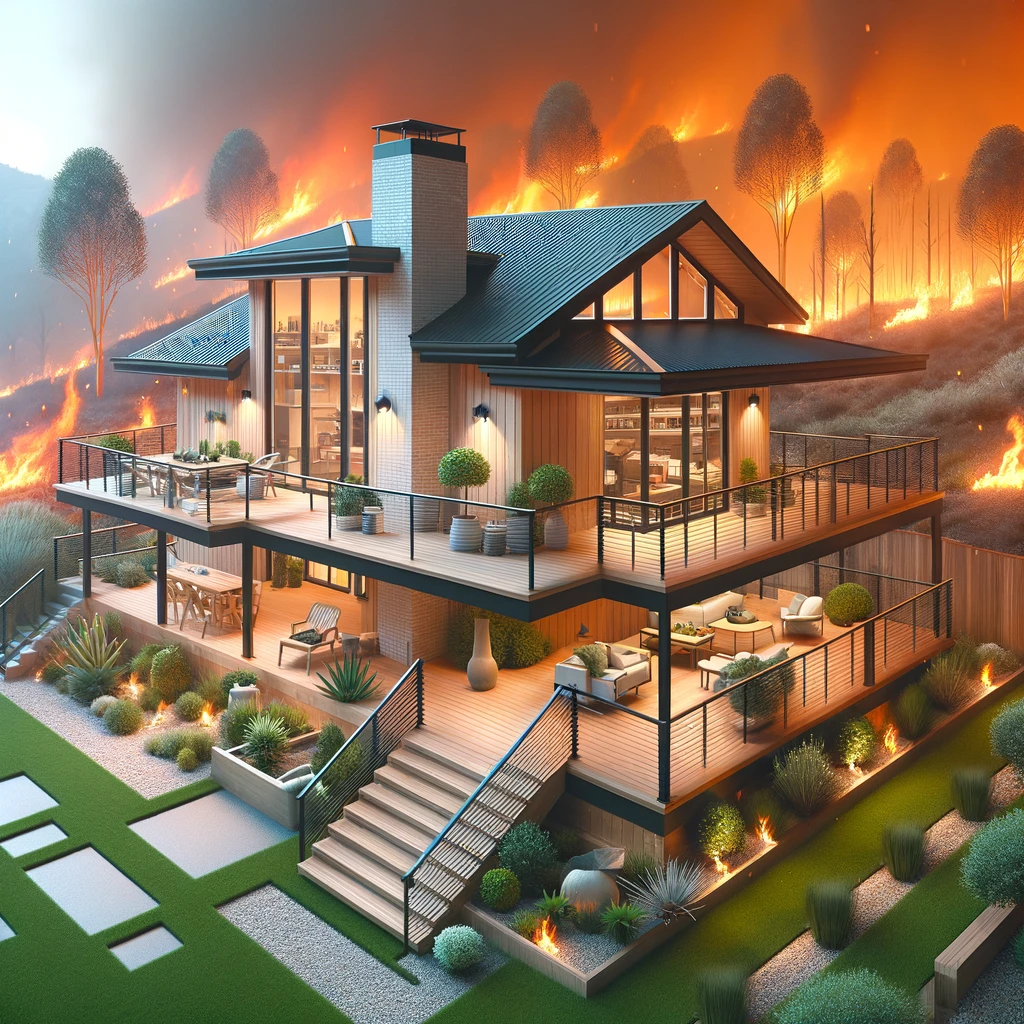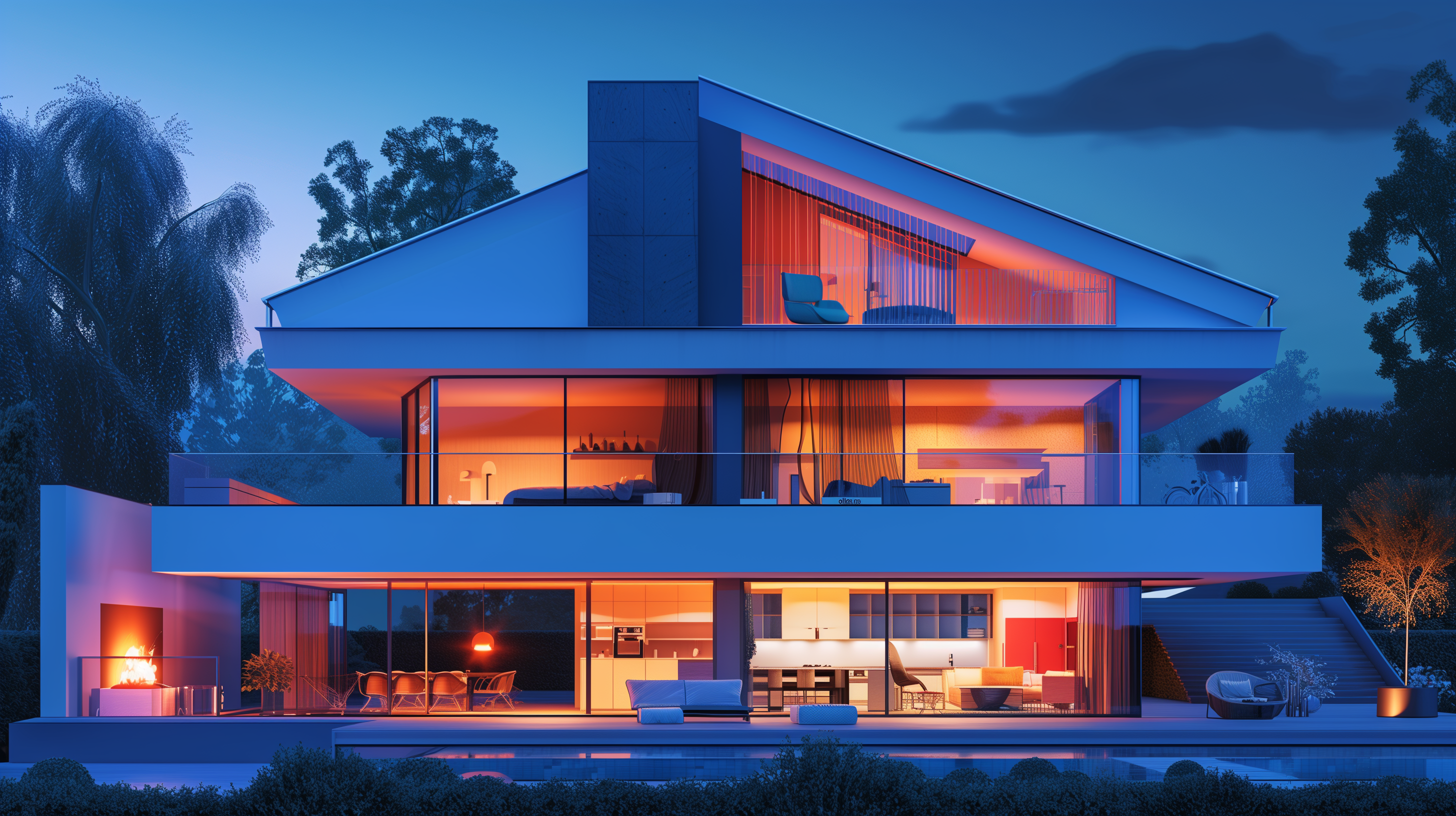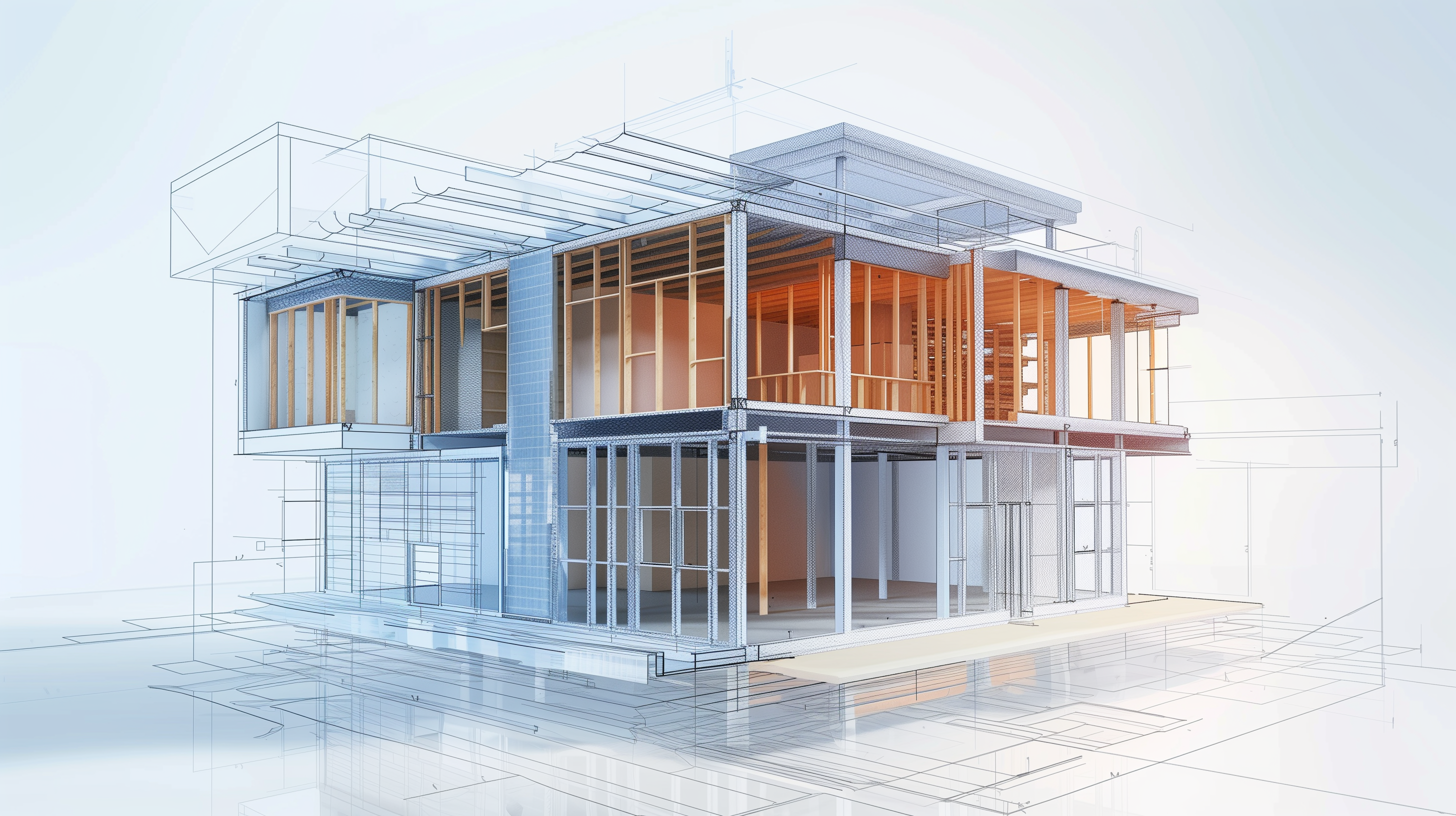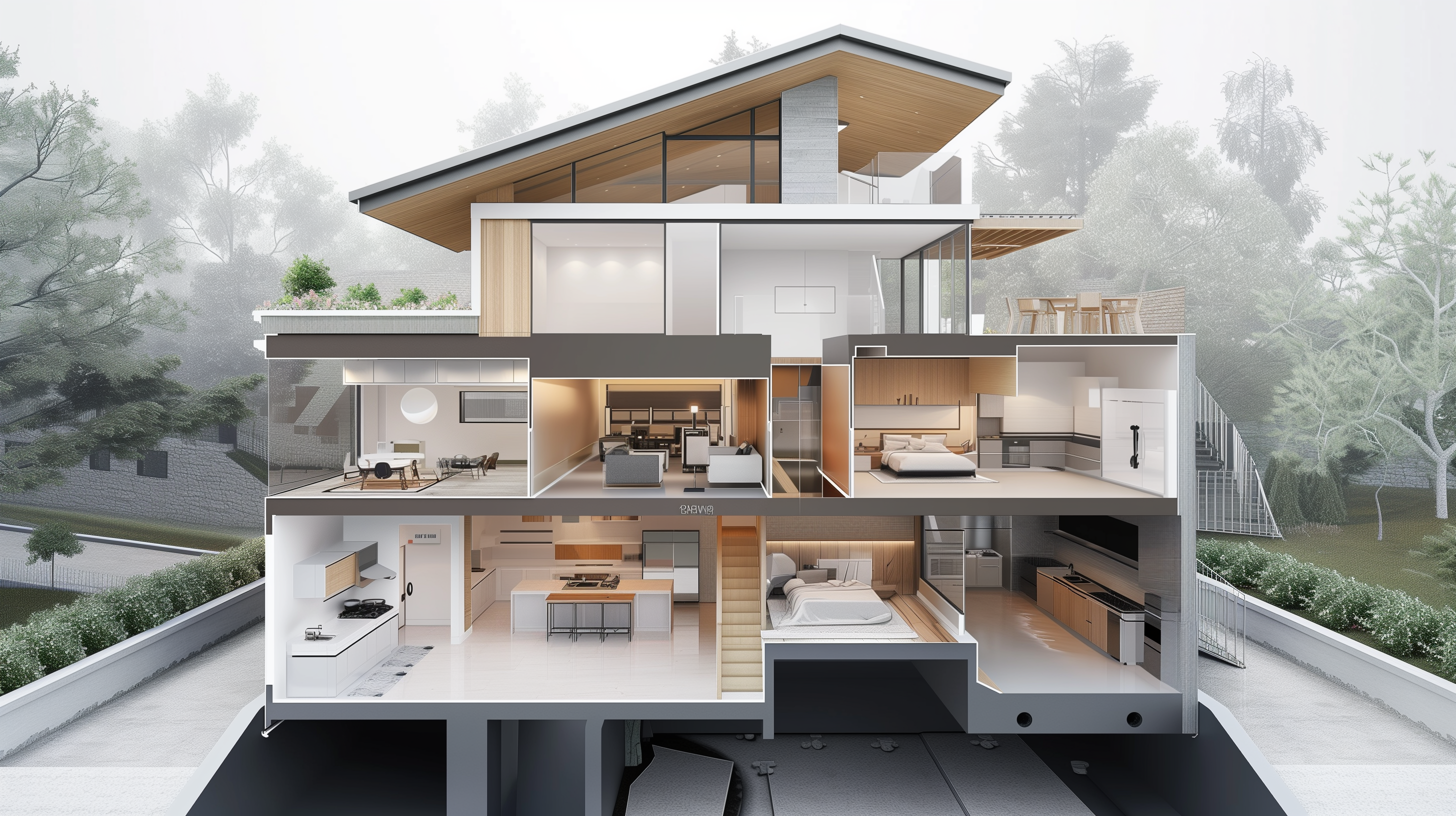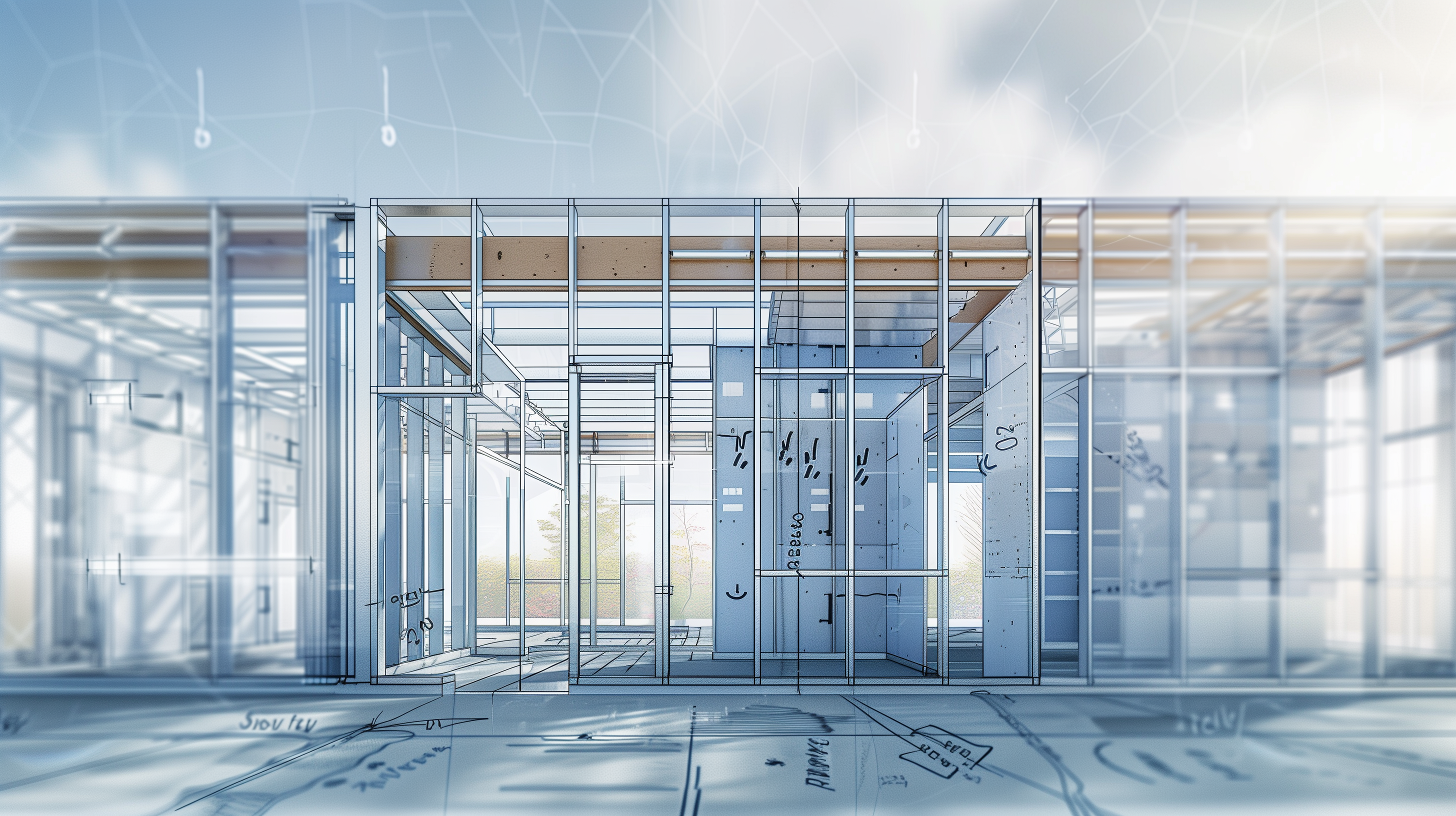In regions prone to wildfires, constructing decks requires meticulous planning and adherence to specific guidelines to mitigate fire risk effectively. From site selection to material choices and construction methods, every aspect plays a crucial role in enhancing the fire resistance of decks and ensuring the safety of homes and occupants.
Scope:
- Use fire-resistant materials for construction.
- Avoid siting decks near heavily vegetated areas.
- Maintain defensible space by clearing vegetation around decks.
Description:
- Decks and attached structures in wildfire-prone areas are at high risk of catching fire during wildfires.
- Structures primarily catch fire through fire brands and embers, wind-borne embers, radiant heat transfer, and direct contact with the wildfire front.
- Conventional wooden decks are highly combustible and can ignite before the fire reaches the structure.
- Homes at the tops of vegetated slopes are especially vulnerable due to swift uphill fire travel and intense heat.
- Construction Materials:
- Utilize fire-resistant materials for decks, fences, railings, balconies, porches, stairs, ramps, columns, and carports.
- Opt for heavy timber, noncombustible, or fire-resistant materials to reduce the risk of fire damage.
- Siting Considerations:
- Avoid siting attachments near heavily vegetated areas or atop steep slopes, ravines, canyons, or ridges.
- Maintain a minimum setback of 50 feet from the tops of vegetated wildland slopes.
- Clear vegetation around and beneath attachments to create defensible space.
- Trim trees to ensure branches are at least 10 feet away from decks.
- Existing Decks Retrofitting:
- Replace combustible materials on existing decks with noncombustible or fire-resistant alternatives.
- Screen or box-in areas below decks to prevent debris accumulation.
- Enclose the underside of decks with noncombustible siding or ≤1/8-inch metal mesh screen to minimize fire risk.
Steps to Reduce Wildfire Risk for Decks and Other Attachments
Step 1 – Siting
- Fuel
- Clear vegetation, wood piles, and flammable materials within 5 feet of the home.
- Maintain defensible space within 5 to 100 feet from the home, reducing fuel sources and spacing trees appropriately.
- Remove lower branches of trees up to 6 to 10 feet above the ground.
- Radiant Heat
- Plant trees at least 30 feet away from structures to reduce radiant heat impact.
- Summary of Deck Construction Guidance
- Avoid sites near uncleared vegetation.
- Use noncombustible ground cover near the deck.
- Consider noncombustible fencing materials near the house.
- Recommend landscaping choices conducive to fire safety.
- Weather
- Consider dry, windy conditions and prevailing winds when locating structures.
- Topography
- Avoid decks extending over vegetated slopes or vulnerable areas.
- Be cautious of slopes, gullies, canyons, saddles, ridge tops, and narrow mountain passes.
- Factors Contributing to Fire Spread on Slopes
- Uphill wind currents push heat and flames upward.
- Convection heat from flames rises along the slope, increasing the rate of spread.
- Rising heat and wind ahead of the fire preheat and dry the fuel.
- The steeper the slope, the faster the fire will move.
- South-facing slopes tend to burn more readily due to warmer and drier vegetation.
- Siting Considerations
- Avoid construction sites in gullies, narrow canyons, saddles, or steep slopes.
- Maintain a minimum 50-foot setback from wildland vegetation on the downslope side for ridgetop sites.
Step 2 – Choosing Building Materials
- Building Materials Selection
- Use low-fire-risk materials for decks, balconies, carports, and patio covers.
- Options include heavy timber, noncombustible materials like metal or concrete, or exterior-rated fire-retardant-treated wood or ignition-resistant materials.
- Recommended Materials
- Pier Supports: Minimum 6×6-inch timbers, concrete block, or steel posts set in concrete.
- Floor Joists and Beams: Heavy timber, 3-inch to 4-inch nominal thickness, fire-retardant-treated wood, or concrete block or steel framing.
- Deck Railings: Minimum 3-inch nominal thickness fire-retardant-treated wood, metal, cables, or tempered glass.
- Decking and Stair Treads: Exterior fire-retardant-treated wood with minimum 3-inch nominal thickness, composite decking, or brick or concrete pavers with suitable drainage.
- Composite Decking Considerations
- Composite decking tends to melt but not ignite when subject to embers and fire brands.
- Higher-density composite materials and tropical hardwood deck boards are more resistant to direct ember ignition than untreated wood boards.
- Avoid plastic and composite decking materials with underside channels or hollow structures, as they may collapse or degrade quickly in fire.
- Flame Spread and Ignition Resistance Ratings
- Building products are classified based on their resistance to ignition and flame spread, ranging from Class A (best) to Class C (lowest).
- IWUIC requires structures in WUI areas to meet Class 1, Class 2, or Class 3 ignition-resistant construction requirements based on fire hazard likelihood.
- Table 1: Ignition-Resistant Construction Material Requirements for Decks
- Class 1 (Extreme Severity): 1-hour fire resistance, heavy timber construction, noncombustible materials, exterior fire-retardant-treated wood, or ignition-resistant building materials.
- Class 2 (High Severity): Same as Class 1 requirements.
- Class 3 (Moderate Severity): No special requirements.
Step 3 – Designing and Constructing the Deck
- Design Considerations
- Assess the necessity of a deck; consider alternatives like concrete steps leading to a patio.
- Safest design involves fully enclosing the deck underneath with fire-resistant cladding.
- Enclosing the Deck
- Enclose vertically with flame-resistant siding materials like fiber cement, stucco, stone, brick, metal, fire-retardant-treated plywood, gypsum sheathing, or metal screen.
- Enclosed below-deck areas discourage debris accumulation, vegetation growth, and flammable item storage.
- Horizontal Enclosure for High Decks
- For high, narrow decks, enclose wood support framing horizontally with flame-resistant products like fiber cement panels.
- Install weep holes for drainage to prevent water accumulation.
- Protective Measures for Decks on Vegetated Slopes
- Construct noncombustible patio and wall downslope from the deck to deflect fire heat and protect the deck and house.
- Heavy Timber Construction
- Use slow-burning timbers 3 inches or thicker for deck construction to reduce flammability.
- Noncombustible Surfaces and Materials
- Consider noncombustible surfaces, fire-retardant-treated wood, and fire-resistive building materials for high-fire-hazard areas.
- Strengthen structures to support additional weight of noncombustible materials.
- General Construction Guidelines
- Avoid using chipped or rough-edged wood that can catch fire.
- Use closely spaced heavy lumber decking, heavy timber supports, and metal railings.
- Install metal flashing at the deck-to-house connection for added protection.
- Keep the deck clear of debris and enclose soffits above decks with solid, combustion-resistant material.
- Install fire-resistant coverings on the underside of any cantilevers that overhang the deck.
- Install a spark arrester on top of the home’s chimney to prevent ignition of the deck or other attachments.
- Fully enclose the area below the deck with solid walls made of fire-resistant material or with 1/8-inch metal screening.
- Decking Material Recommendations
- Increase gap between deck boards to 1/4 inch, increase joist spacing to 24 inches, and apply foil-faced self-adhering adhesive flashing tape on top of each joist for softwood decks.
Climate Considerations for Deck Construction
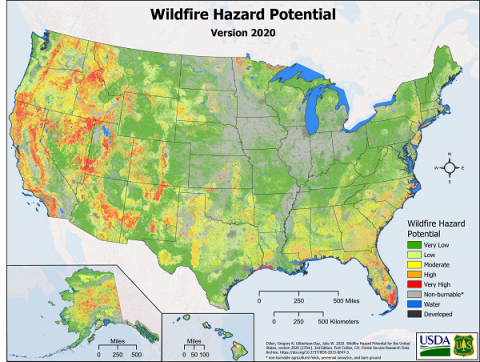
- Consider the wildfire risk in your area, as wildfires can occur anywhere with abundant vegetation (USDA Fire Labs 2018).
- Avoid using wood with rough edges or chips that can catch fire easily (FireSafe Montana 2010).
- Use noncombustible or fire-resistant materials for deck construction (FireSafe Montana 2010).
- Opt for closely spaced deck boards to minimize airflow (FireSafe Montana 2010).
- Install metal railings and flashing at the deck-to-house connection for added protection (FireSafe Montana 2010).
- Enclose soffits above decks with solid, fire-resistant material and cover vents with ≤1/8-inch wire mesh (FireSafe Montana 2010).
- Apply fire-resistant coverings to the underside of cantilevers overhanging the deck (FireSafe Montana 2010).
- Install a spark arrester on the chimney to prevent embers from igniting the deck (FireSafe Montana 2010).
- Fully enclose the area below the deck with solid walls or 1/8-inch metal screening (FireSafe Montana 2010).
- Keep the deck clear of debris to reduce fire risk (Sierra Club 2017).
Compliance with Codes and Standards
- 2009, 2012, 2015, 2018, 2021 International Residential Code (IRC)
- Plastic composite materials must comply with Section R507.2.2 and ASTM D7032 (R317.4).
- Flame spread index of plastic composite materials should not exceed 200 (R507.3.2).
- Retrofit: 2009, 2012, 2015, 2018, and 2021 IRC
- Additions, alterations, renovations, or repairs must conform to code provisions (R102.7.1).
- Appendix J regulates repair, renovation, alteration, and reconstruction of existing buildings.
- 2018, 2021 International Wildland-Urban Interface Code (IWUIC)
- Fire-resistance ratings determined by ASTM E119 or UL 263 (501.3).
- Fire hazard severity reduction through vegetation management plan (502.2).
- Construction requirements for buildings in wildland-urban interface areas (503.1).
- National Fire Protection Association (NFPA) 1144
- Decks and projections from homes should be constructed with heavy timber, noncombustible materials, or fire-retardant-treated wood (5.4).
- ASTM E84 – 20 Standard Test Method for Surface Burning Characteristics of Building Materials
- Comparative surface burning behavior of building materials (Scope).
- ASTM D7031
- Performance rating for wood-plastic composite and plastic lumber for exterior applications (Scope).
- State of California Building Materials Listing Program
- Building Materials Listing Program (BML) tests and approves building materials for fire resilience in California.
In wildfire-prone regions, the importance of building fire-safe decks cannot be overstated. By implementing the guidelines outlined in this guide, homeowners and contractors can significantly enhance the resilience of decks and minimize the risk of property damage and personal harm during wildfires.
From selecting suitable sites and materials to incorporating innovative design features and construction techniques, every decision contributes to the overall fire resistance of decks. By prioritizing safety and adhering to best practices, individuals can create outdoor spaces that not only enhance the beauty and functionality of their homes but also provide peace of mind in the face of potential wildfire threats.
As communities continue to grapple with the growing challenges posed by wildfires, investing in fire-safe deck construction is an essential step towards building more resilient homes and safeguarding lives and property. Together, let us take proactive measures to mitigate wildfire risks and create safer, more resilient environments for generations to come.
For immediate service or consultation, you may contact us at Allied Emergency Services, INC.
Contact Information:
- Phone: 1-800-792-0212
- Email: Info@AlliedEmergencyServices.com
- Location: Serving Illinois, Wisconsin, and Indiana with a focus on the greater Chicago area.
If you require immediate assistance or have specific questions, our human support is readily available to help you.
Disclaimer: This article is intended for informational purposes only. For professional advice, consult experts in the field.






